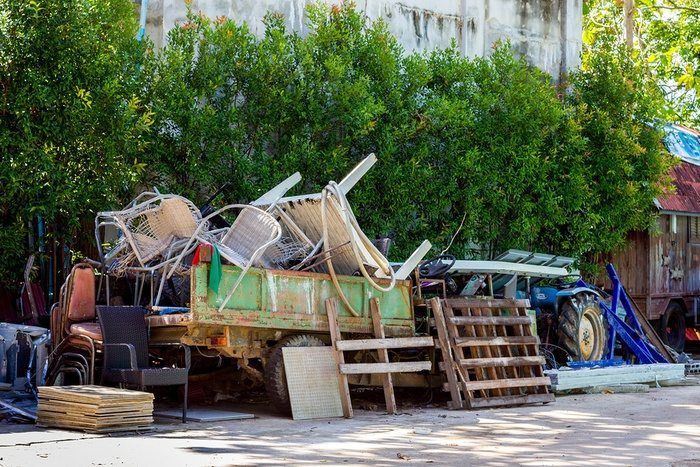What to do if your turtle gets a cut?
3) Clean the wound area gently with hydrogen peroxide and clean water. No need for ointments or medicines, as that may inhibit healing or make the turtle sick. (You can also use Betadine, if that’s what you have.)
What kind of eye problems does a turtle have?
It’s necessary that you can recognize eye diseases in turtles and seek out treatment. Also, knowing the causes of eye problems ensures you can cut down the likelihood of eye problems as you can correct the causative factors. The two main eye problems pet turtles suffer are eye infections and swollen eyes.
What to do if your turtle’s eyes are crusted?
In this case, the eyes will look swollen and skin lesions and redness will appear. If the eyes are crusted shut, soak your turtles in warm water at depths of half its body. You can also try using a spray bottle to clear the eye of crust. Depending on the symptoms, you might want to add or subtract a vitamin A supplement from your turtle’s diet.
How to tell what painted turtle species you have?
A sub-species on the other hand is a group of similar-looking turtles within a species. In our case, the species we are trying to identify are painted turtles. There are 4 sub-species of painted turtle. The scientific name for this animal is Chrysemys picta. Eastern Painted Turtle ( C. P. picta ). Midland Painted Turtle ( C. P. marginata ).
How big is a Southern painted turtle shell?
Southern painted turtles are the smallest of all the sub-species. Full-size, their shell size is usually only about 5 inches (~12-13 cm). They almost never get more than 6 inches.
You should clean the wound with use hydrogen peroxide or Beta dine to prevent any infection. Your turtle may be in shock For at least 48 hours you should cover them with a clean towel and keep them in a clean, cool, dry place. You should clean the wound regularly.
How do you know if your red-eared turtle is dying?
8 Signs To Tell If A Turtle Is Dying – Signs A Turtle Is Dying
- Lethargy Or Prolonged Inactivity Level.
- Loss Of Appetite.
- Breathing Problems Or Gasping For Air.
- Bubbles Or Pus-Like Discharge From The Nose/Mouth.
- Lopsided Swimming Or Buoyancy (Floating Sideways In The Water)
- Dehydration.
- Diarrhea, Green Or Bloody Poops.
Is it normal for red-eared sliders to eat rocks?
In the wild, turtles and tortoises eat rocks because they crave certain minerals. The occasional rock can provide a variety of micronutrients or minerals, including calcium and iron. In captivity, you should supplement your turtle’s diet with calcium supplements. This prevents the need for eating pebbles in captivity.
Is it OK for turtles to eat rocks?
What Happens If A Turtle Eats A Rock? Consuming small rocks, pebbles or stones in your aquarium is not healthy at all for turtles. It is very dangerous. This is because the stones that are consumed can cause serious complications to your turtle’s digestive tract, due to something called “impacting” or “obstruction.”
Why is my turtle digging in the rocks?
Turtles may dig around in the rocks at the bottom of their tank for a few reasons. Your turtle may be eating the rocks, or she may be hungry or bored. However, rock-digging behavior may indicate that your turtle is looking for a place to deposit her eggs.










